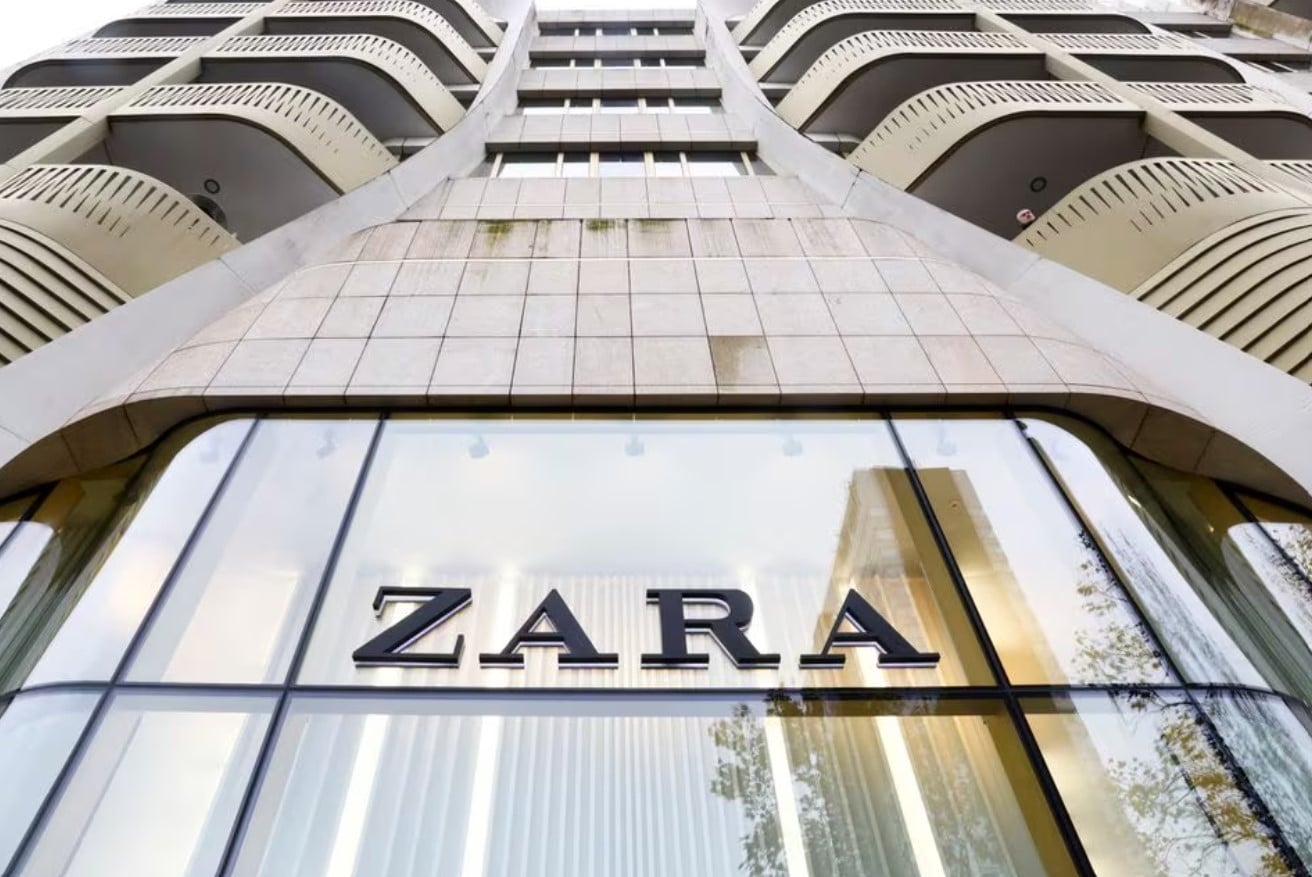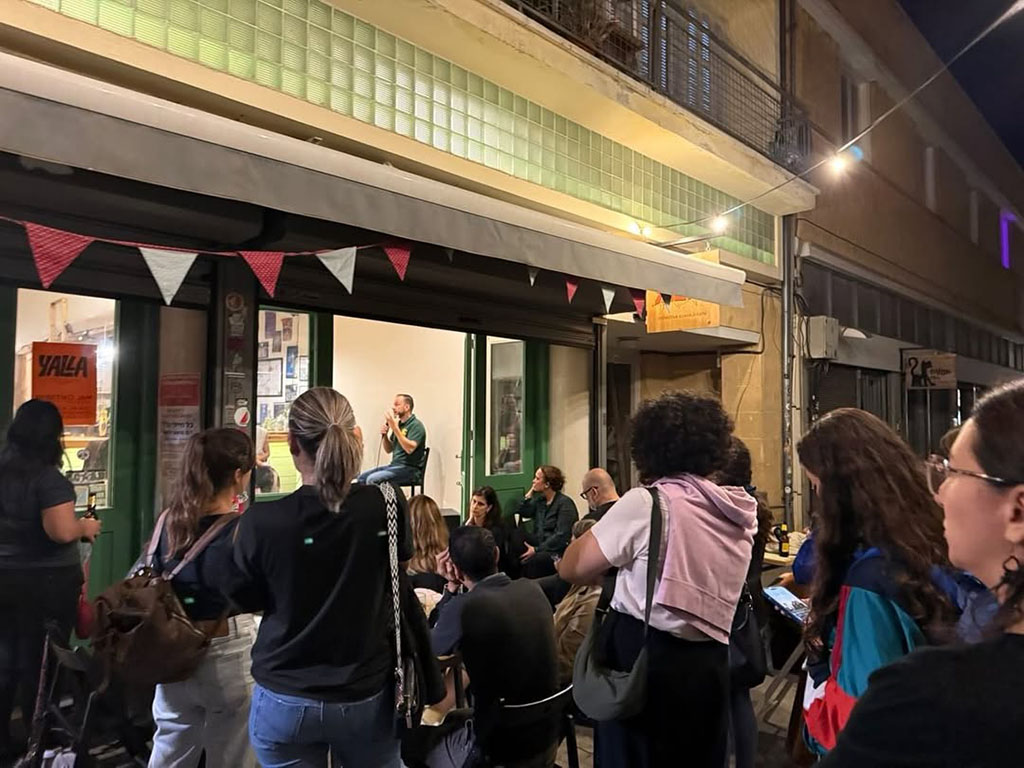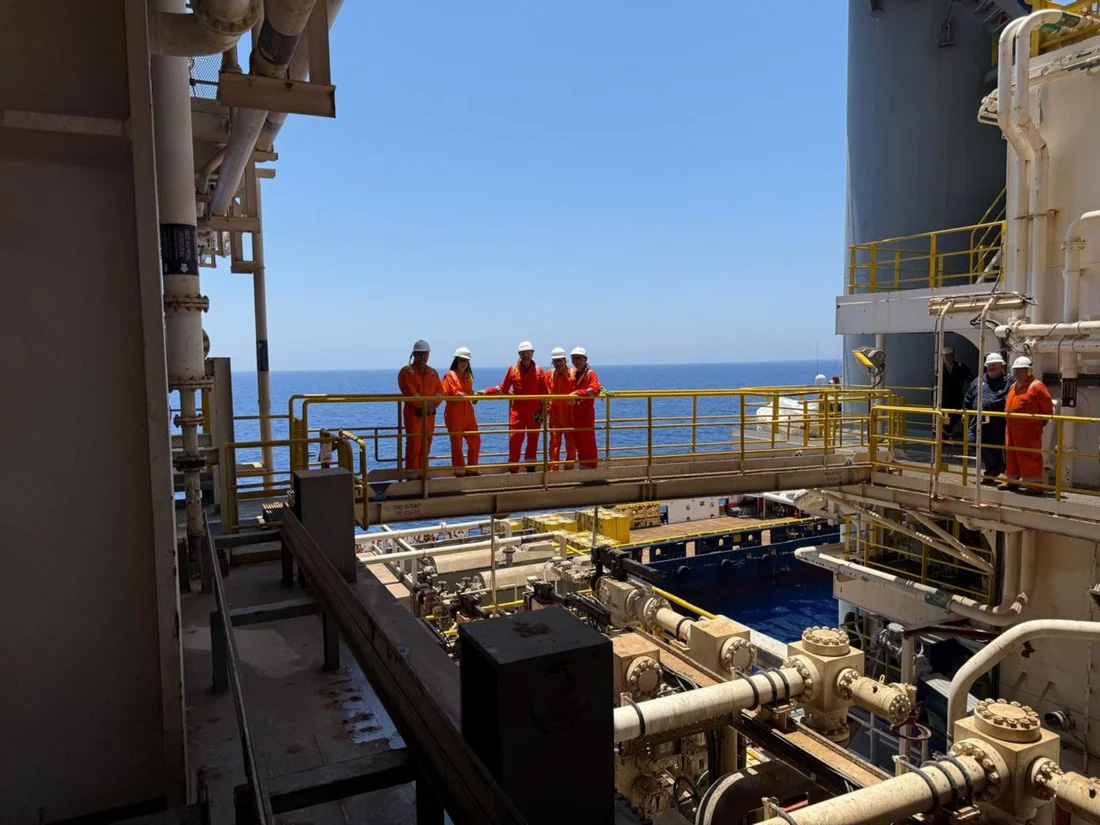Inditex, the group behind Zara, Stradivarius, Oysho and Massimo Dutti, closed 136 stores in the first quarter of 2025 as it accelerates a shift towards larger, more technologically advanced outlets.
The move comes as global fashion chains adapt to a rapidly changing retail landscape, where an increasingly digital audience, new forms of competition and the need to streamline operations are reshaping physical networks.
According to the group’s financial data, and mentioned in iefimerida, Zara saw the sharpest reduction, shutting 52 stores in Spain in just three months. Overall, Inditex’s global footprint fell from 5,698 locations in 2024 to 5,562 in 2025, a 2.39 per cent drop.
The impact has been particularly visible in Zaragoza, where Zara and Oysho at Puerto Venecia, as well as Massimo Dutti on Paseo Independencia, closed following a profitability review based on sales per square metre.
Even so, Inditex is increasing its total retail space. The company plans to expand store surface area by 5 per cent by 2026, prioritising large flagship shops with integrated digital services, cafés and leisure areas, a format already in place in Athens and Madrid with Zara Man and Zacaffé.
A new Zara flagship is scheduled to open in Zaragoza in 2026, while a 286,000 square metres logistics hub in Malpica, set to rank among the group’s five largest worldwide, signals a deeper push towards centralised and tech-driven operations.
The restructuring has not been limited to Zara. Oysho closed 34 stores, Zara Home 21, Massimo Dutti 20, Stradivarius 10 and Bershka one. Only Pull&Bear recorded growth, adding two new stores. Inditex said the aim is to “optimise stores in order to enhance their productivity”.
Despite the wave of closures, sales edged up 1.5 per cent in the first quarter, reaching €8.27 billion, while net profits rose 0.3 per cent to €1.305 billion.
However, growth remains far lower than the previous year, when revenue increased 7.5 per cent and profits 9 per cent, reinforcing the group’s broader shift in strategy. E-commerce continues to gain ground and is emerging as a central growth driver.
The group maintains that its future depends less on the size of its network and more on the ability of physical stores to attract and retain customers by blending fashion, technology and experience.
With a presence in 214 markets, it believes there are still “significant growth opportunities”, even as the new commercial map requires adapting to a more digital and demanding global audience.
In smaller markets such as Cyprus, the same pattern is already visible, though on a more measured scale.
According to Inditex’s Integrated Directors’ Report 2022, the group operated 42 stores on the island across Zara, Pull&Bear, Massimo Dutti, Bershka, Stradivarius, Oysho and Zara Home.
In its FY2024 Results, this figure had eased to 40, with the number of Zara outlets remaining unchanged at seven, while Massimo Dutti and Bershka each show one fewer shop.
Although the adjustment is modest, it reflects the broader direction of travel. Cyprus is a compact, mall-driven market with high digital penetration, rising online fashion sales and established e-commerce platforms for Zara, Zara Home and Bershka.
In such an environment, the value of each physical site becomes more important than its sheer number, particularly as consumers increasingly move between mobile browsing and in-store visits.
Consequently, the island is aligning with the group’s global strategy, where physical shops function less as stand-alone outlets and more as integrated hubs within a wider, technology-led retail system.







Click here to change your cookie preferences